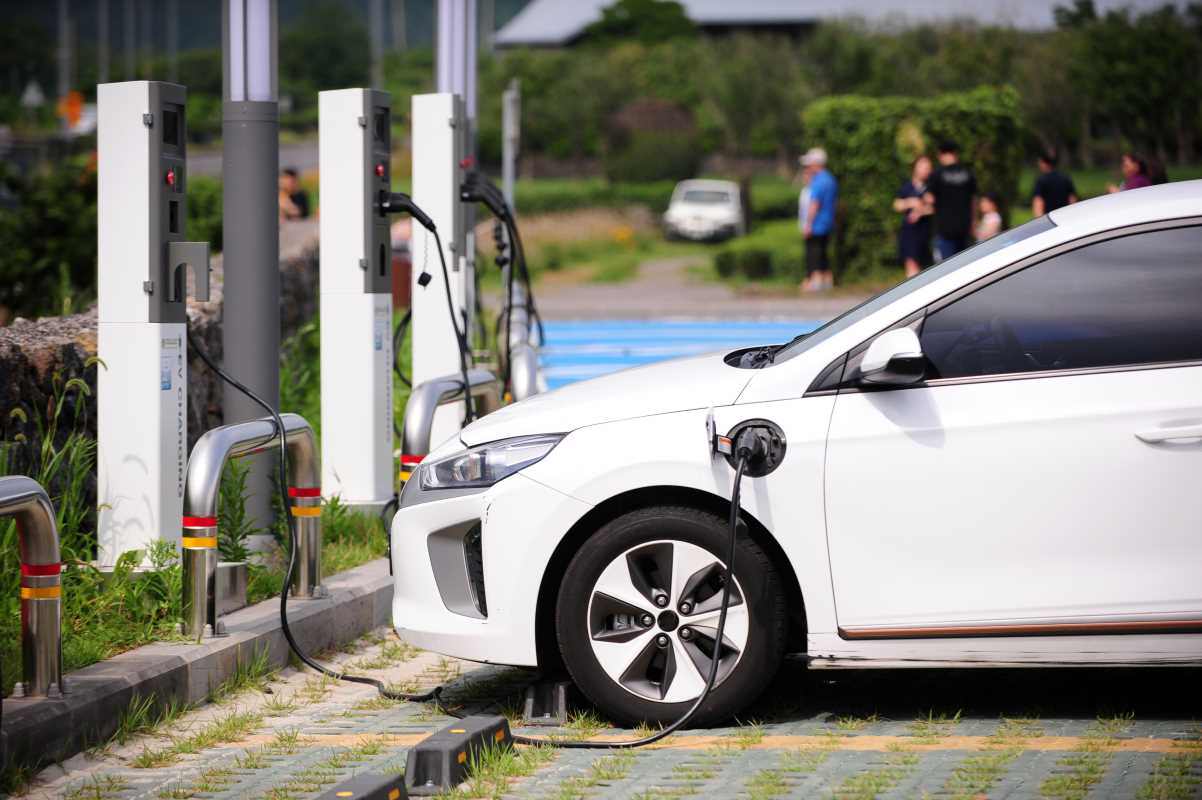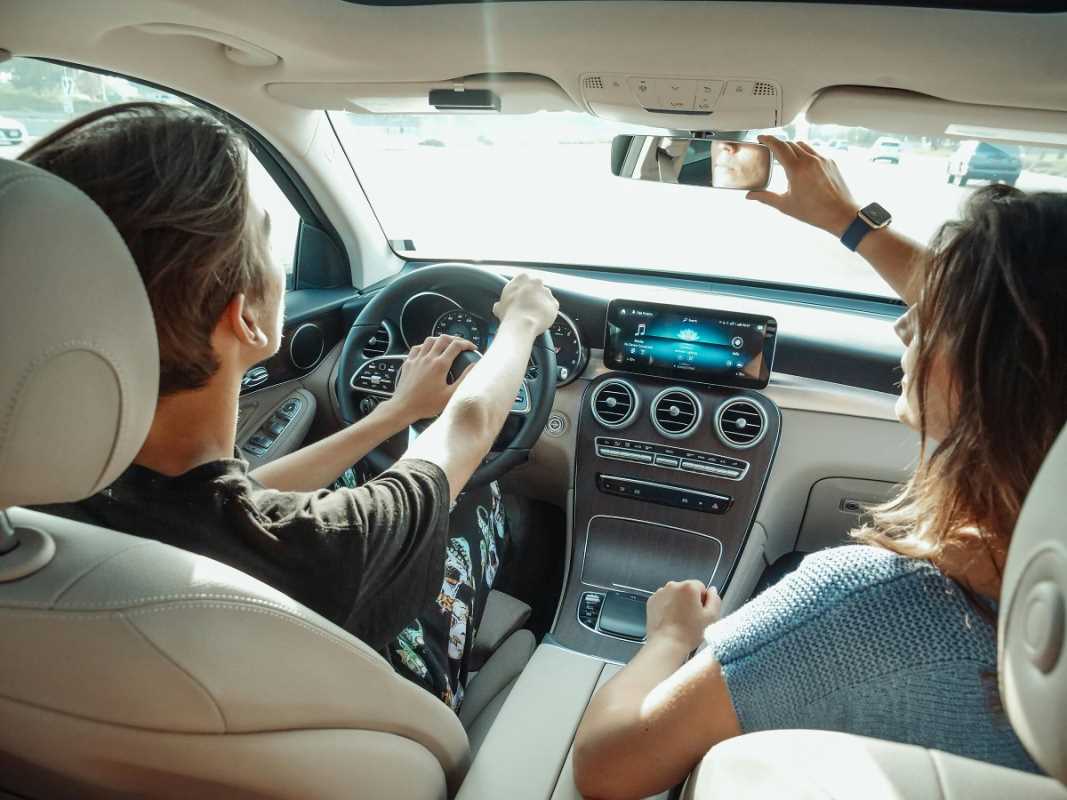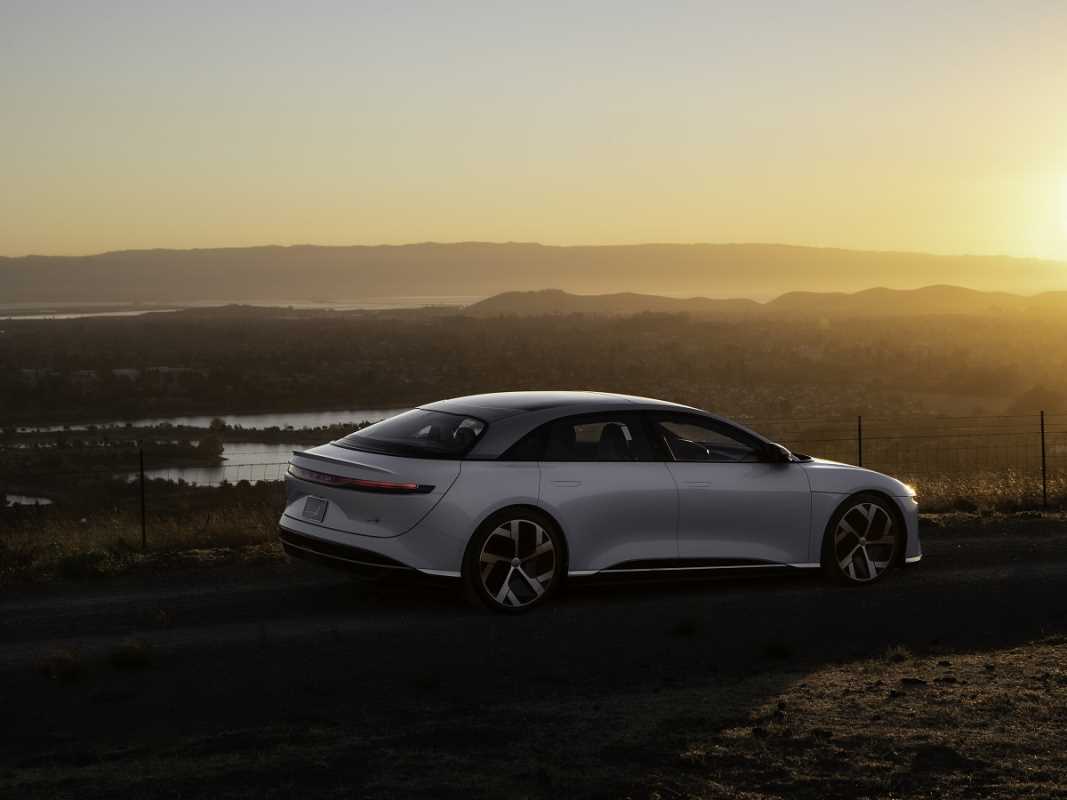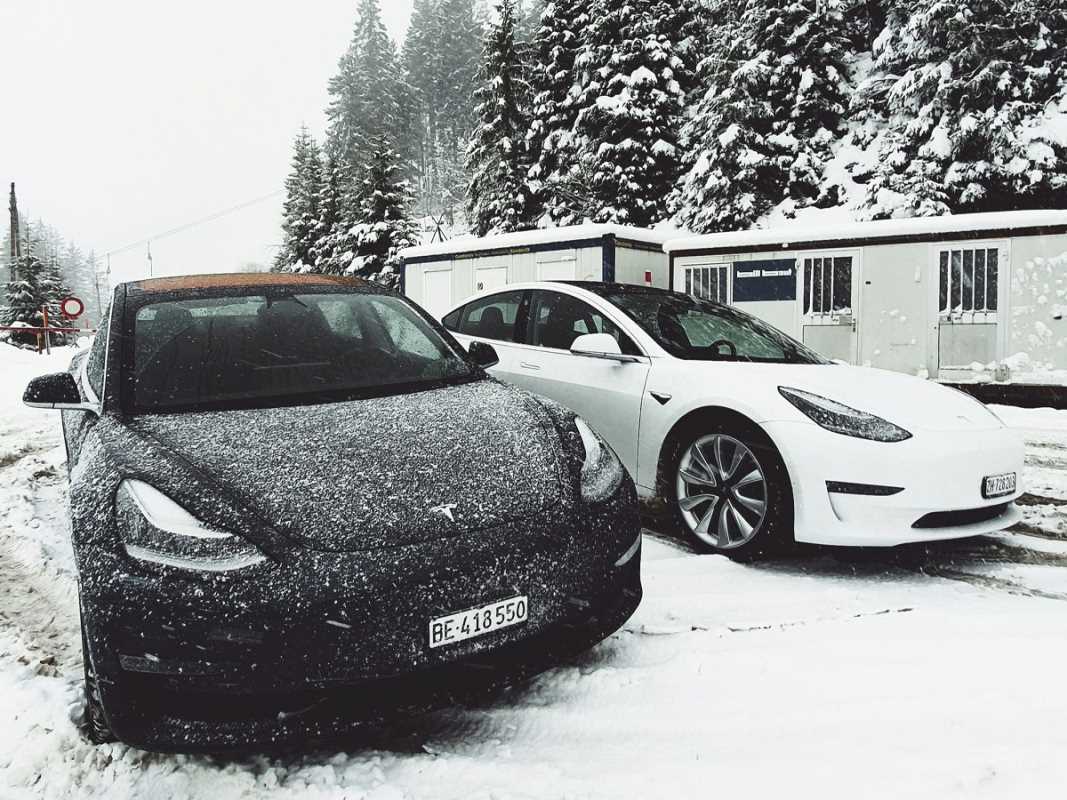Electric vehicles are rapidly changing how we think about driving, and that revolution extends to the inside of the car. The interiors of next-gen EVs are becoming serene, sophisticated spaces where luxury and minimalism meet. Designers are moving away from cluttered dashboards filled with buttons and dials. They are embracing clean lines, sustainable materials, and smart technology to create a cabin experience that feels both futuristic and calming. This new approach redefines automotive luxury for a modern era. This article will explore this exciting design trend. We'll look at the key elements of minimalist luxury, highlight innovative materials and technologies, and showcase specific EVs that are leading the way.
The Philosophy of Minimalist Luxury
The concept of "minimalist luxury" might seem like a contradiction, but it’s at the heart of modern EV interior design. This philosophy is about finding elegance in simplicity. Instead of adding more features, designers are focusing on quality, purpose, and the overall feeling of the space. It’s a "less is more" approach that prioritizes a clean, uncluttered environment.
This design trend is made possible by the unique architecture of electric vehicles. EVs don't have a large internal combustion engine or a transmission tunnel running through the cabin. This frees up a significant amount of interior space, giving designers a flat floor and a blank canvas to work with. They can create an open, airy feeling that resembles a modern living room more than a traditional car.
The goal is to create a calming sanctuary for the driver and passengers. With fewer physical buttons and distractions, the focus shifts to the quality of the materials, the comfort of the seats, and the seamless integration of technology. Every element in the cabin has a purpose, contributing to a harmonious and intuitive experience. This approach helps reduce mental clutter, allowing you to relax and enjoy the journey.
Key Elements of Modern EV Interiors
Several key design elements come together to create the signature look and feel of next-gen EV interiors. These components balance form and function to deliver a new kind of luxury.
The Dominance of the Central Touchscreen
One of the most defining features of a modern EV interior is the large, central touchscreen. This single interface replaces dozens of physical buttons, controlling everything from navigation and climate to music and vehicle settings. Tesla pioneered this approach with its massive displays, and now most automakers have adopted a similar design.
This consolidation of controls is fundamental to the minimalist aesthetic. It declutters the dashboard, creating a clean, sleek surface. It also allows for incredible flexibility. Automakers can update the user interface and add new features through over-the-air software updates, so the car's functionality can evolve over time. This helps you feel like your car is always up-to-date with the latest tech.
Sustainable and High-Quality Materials
Luxury in next-gen EVs is not just about leather and wood. It’s increasingly about sustainability and innovative materials. Many brands are moving away from traditional animal-based products in favor of high-quality vegan alternatives. These materials, often made from recycled plastics, cork, or even plant-based sources like eucalyptus fibers, offer a premium look and feel without the environmental footprint.
These sustainable choices do not compromise on quality. Automakers are using materials that are durable, beautiful, and pleasant to the touch. You'll find soft-touch fabrics made from recycled polyester, elegant wood trim sourced from responsibly managed forests, and unique textiles that add texture and visual interest. This focus on ethical and eco-conscious materials redefines luxury for a new generation of car buyers.
Ambient Lighting and Open Spaces
Ambient lighting plays a crucial role in setting the mood inside an EV. Customizable LED light strips are often integrated into the dashboard, door panels, and footwells. You can change the color and intensity of the lighting to match your mood or the driving mode, creating a personalized and immersive atmosphere. This subtle feature adds a layer of sophistication and makes the cabin feel more dynamic.
The open-concept layout, made possible by the EV platform, also contributes to the feeling of luxury. The flat floor creates more legroom and a sense of spaciousness, especially for rear passengers. Many EVs also feature panoramic glass roofs, which flood the cabin with natural light and make it feel even more open and airy. This connection to the outside world enhances the feeling of freedom and tranquility.
Examples of Innovative EV Interiors
Several electric vehicles on the market today perfectly embody the blend of luxury and minimalism.
Tesla Model 3 and Model Y
The Tesla Model 3 and Model Y are perhaps the most famous examples of minimalist interior design. The cabin is dominated by a single 15-inch horizontal touchscreen that controls nearly every function of the vehicle. There are no traditional gauges behind the steering wheel and almost no physical buttons on the dashboard.
This radical simplicity creates an incredibly clean and uncluttered space. The use of premium vegan leather, open-pore wood trim, and an expansive glass roof adds to the luxurious, futuristic feel. The design is polarizing for some, but it has undeniably set a new standard for what a modern car interior can be. It proves that a simple space can feel incredibly high-tech and premium.
Rivian R1T and R1S
Rivian, a newer player in the EV market, has made sustainability a core part of its brand identity. The interiors of its R1T truck and R1S SUV blend rugged functionality with minimalist luxury. The cabin features sustainably sourced wood that stretches across the dashboard, creating a natural and inviting atmosphere.
Like Tesla, Rivian uses a large central touchscreen for most controls, complemented by a smaller display for the driver. The seats are finished in a durable and comfortable vegan leather. The design feels both adventurous and refined, perfectly matching the brand's go-anywhere ethos. It's a great example of how to create a luxurious space that is also practical and eco-conscious.
Polestar 2
The Polestar 2 offers a Scandinavian take on minimalist luxury. The interior is defined by clean lines, interesting textures, and a focus on sustainable materials. The standard interior is fully vegan and features a unique "WeaveTech" fabric that is water-resistant and easy to clean.
The cabin is centered around an 11-inch vertical touchscreen that runs on Google's Android Automotive OS, providing a seamless and intuitive user experience. The overall design feels intentional and well-crafted, with subtle details like the frameless side mirrors and the Polestar logo projected onto the glass roof. It’s a sophisticated and understated approach to modern luxury that supports your driving experience.







